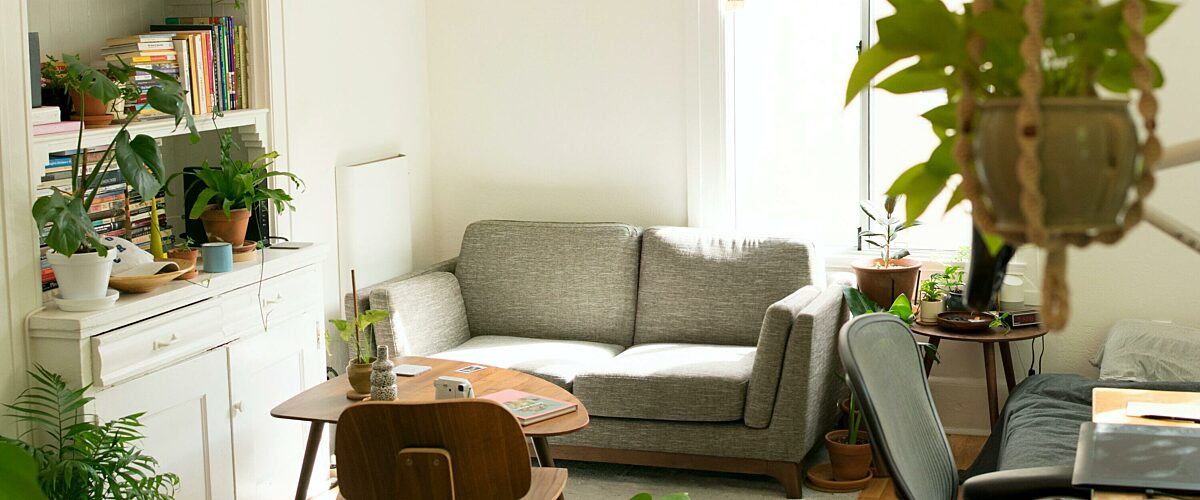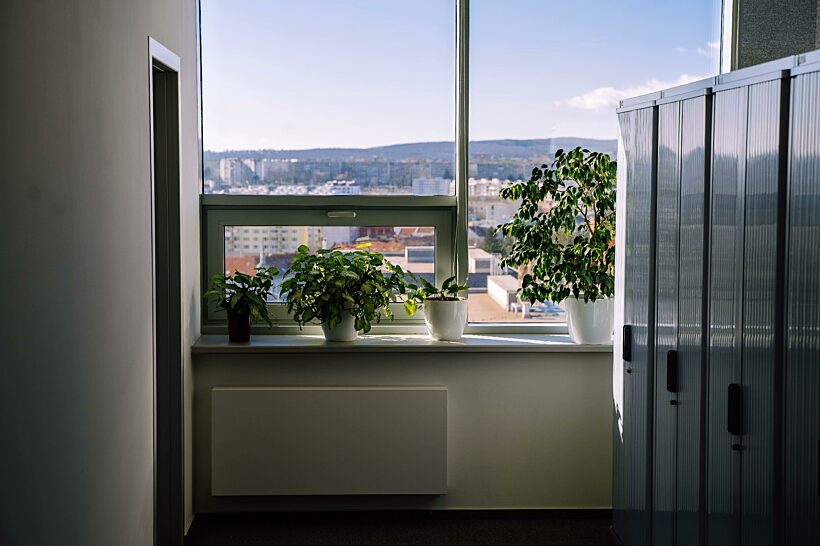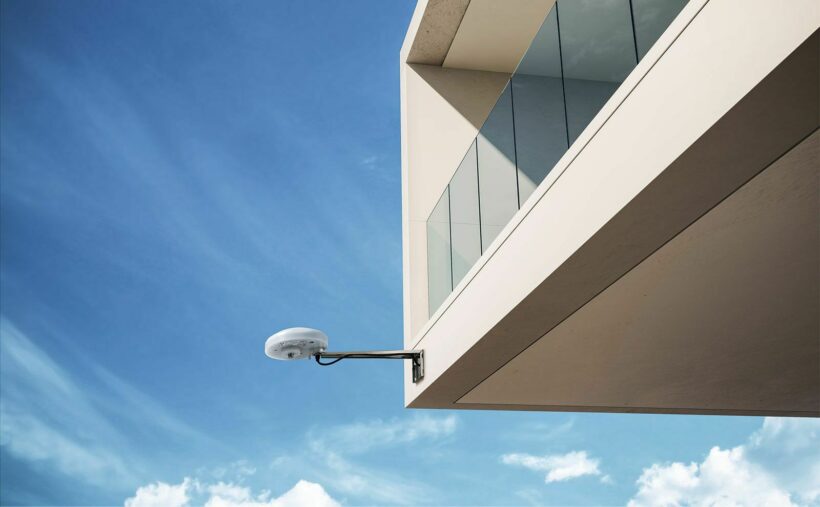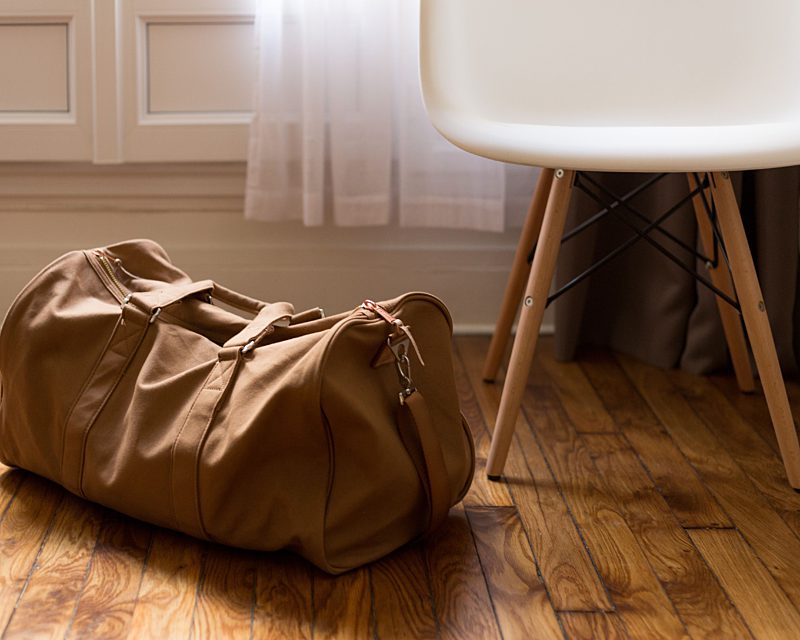
Some smart ideas to help water your indoor plants
Do you have a green thumb? Smart devices can help you predict optimal watering conditions for happier plants. We offer you with some ideas for your own set-up.

Define optimal watering conditions for your houseplants
You can create a nice and healthy home in many different ways. One popular solution is to bring more plants inside, transforming your home into an urban jungle. Indoor plants clean the air polluted by our urban lifestyle and have a calming effect on our well-being.
Being a plant mum or dad isn’t easy. Every houseplant comes with its own guidelines on how often it needs watering, whether it should get direct sunlight or not and so on. Luckily, smart technology is here to offer a helping hand.
What if you could automate watering your plants? Or even better: what if you could schedule or set reminders at the perfect moment to nourish them. Sounds great, doesn't it? There aren't many all-in-one solutions on the market, but you can make use of a combination of certain smart devices to make it work. We help you out with your first aid kit for happier houseplants.
The interworking of devices
This can be best achieved via an interworking smart home technology. Interworking means that all devices can talk to each other regardless of their underlying technology. This allows you to integrate devices without having to sort out if this can talk to that or not. KNX is the best-known smart home technology that follows the interworking principle. Thanks to 450+ manufacturers worldwide there's a broad range of compatible devices. It's also possible to integrate with devices from other smart home brands such as Google Nest.
Humidity sensors
Measuring the actual humidity level of the soil is the key to success for optimal watering conditions. A humidity or soil moisture sensor will thus be the core of your set-up. This sensor can tell you when the soil moisture drops below the level of optimal humidity. That moment can be a trigger to start the watering and thus the automation process. In general, the ideal humidity for a houseplant is between 40 and 60%.
There is a wide range of (low-cost) sensors on the market for every open technology. With these sensors, you can set up a routine to get smartphone notifications or reminders when a certain plant needs watering.
Weather stations
You might consider combining a humidity sensor with a weather station for more accurate predictions to automate the watering. Especially for houseplants on a balcony or in an open window, heat, cloudy conditions or rain will impact the hydratation frequency. But also for other indoor plants, temperature, brightness and shade will impact when you should water them or move them to another spot. A weather station will help you predict the best timing to care for your plants.
There are some devices that combine weather predictions with soil moisture sensors that will indicate the humidity level of plants. The Bresser Wireless Forecaster or KNX Windancer for example even displays on its screen when your newly bought flowers need to be watered.

You can also perfectly integrate humidity sensors with a weather station yourself with an interworking technology such as KNX. The advantage of this approach is that you can take it even a step further and receive notifications. If you're interested in KNX certified weather stations, have a look at the products from Gira or Elsner.
Gira Weather Station
Track your water reservoir
One last step in the automation process could be a device to decide which water source to use for nourishing your plants. Using rainwater is the most sustainable choice but in periods of drought you might need to switch to tap water.
The market of level sensing devices is more mature. A lot of companies offer wireless sensors to measure the level of your rainwater tank or deposit. Insights about the level of your rainwater tank can be used for a lot of purposes. Watering the indoor plants or the garden, washing your car...
If you combine all these kind of devices, you get a lot of insight to help you define a smart routine with optimal watering conditions for every indoor plant. It's the combination that will do the magic and your plants will be grateful for that.


